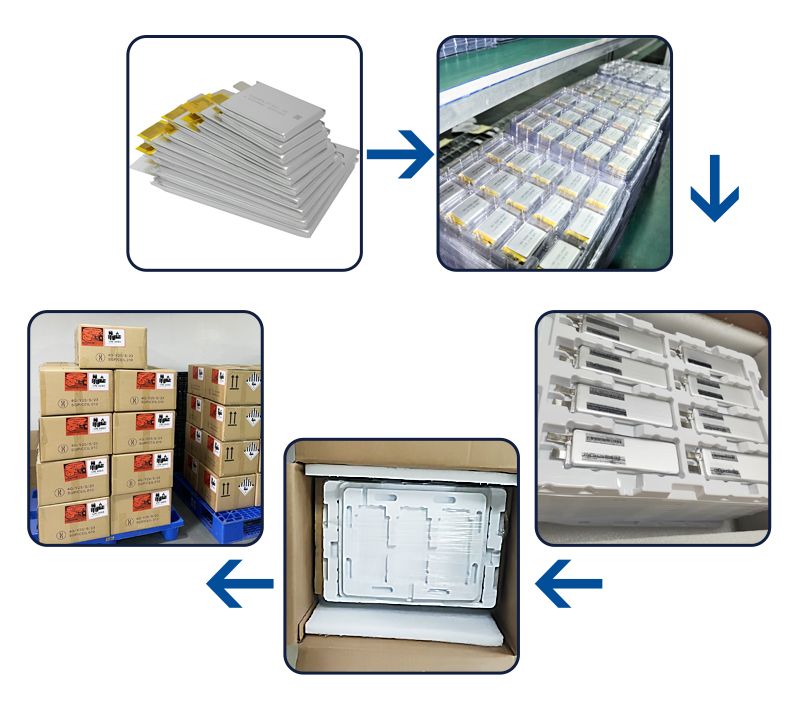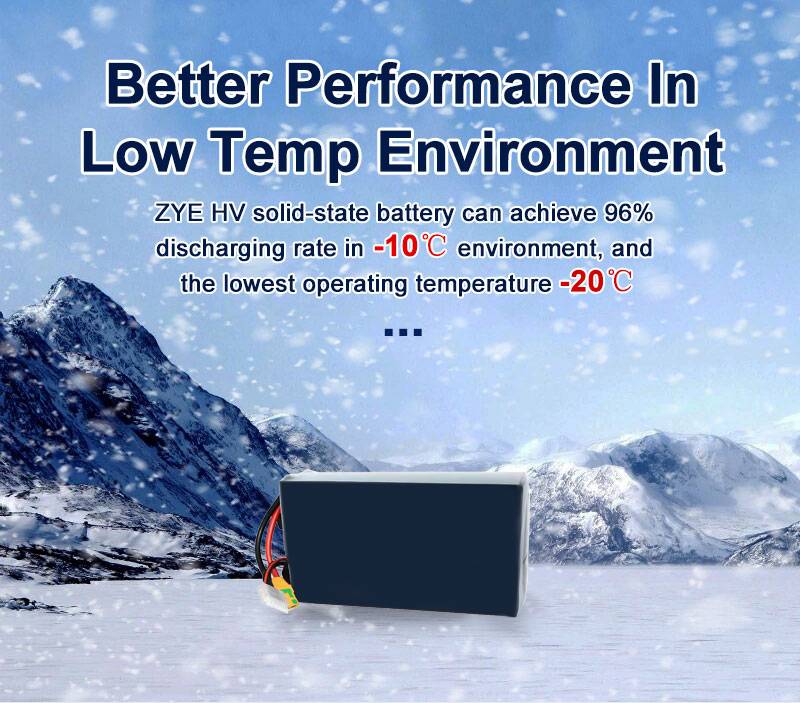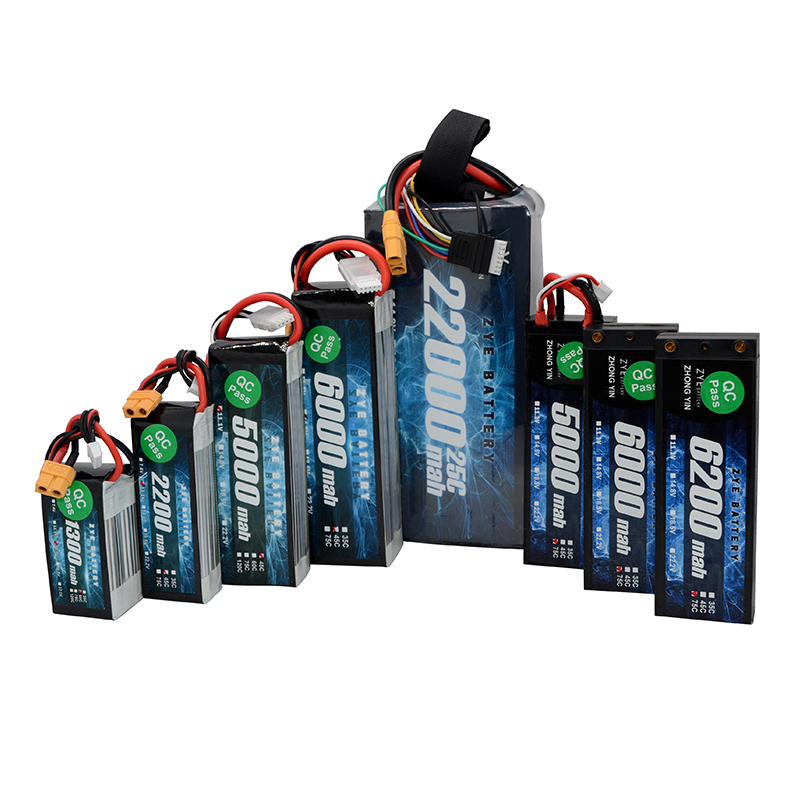How are lipo batteries made?
2025-08-05
Have you ever wondered how those powerful and compact LiPo batteries that fuel our devices are made? Today, we're diving into the fascinating world of LiPo battery manufacturing to uncover the secrets behind their creation.

The Process of Making lipo-battery:
1. Electrode Preparation
The journey begins with the creation of electrodes. For the cathode, a slurry of lithium cobalt oxide, conductive additives, and binders is prepared and coated onto aluminum foil. The anode, typically made of graphite, is similarly coated onto copper foil. These coated foils are then dried and calendered to achieve the desired thickness and density.
2. Assembling the Battery
The electrodes are then assembled along with a separator that prevents short circuits. The components are carefully stacked together and placed in a pouch made of flexible packaging material.
3. Electrolyte Insertion
Once the battery is assembled, it undergoes a process called electrolyte injection. The electrolyte is a conductive solution that allows lithium ions to move between the electrodes during charging and discharging.
4. Sealing and Packaging
The final step involves sealing the LiPo battery to prevent leakage and ensure safety. Each battery undergoes rigorous testing to verify its performance and quality before being distributed for use.
5. Quality Control and Testing
Each battery undergoes rigorous testing to ensure it meets safety and performance standards. This includes capacity tests, cycle life tests, and safety checks for overcharging and short-circuit protection.

High Voltage in a Compact Package: A 6S lipo-battery consists of six cells arranged in series, providing a significant voltage boost within a compact and lightweight design. This allows it to deliver substantial power without taking up too much space, making it perfect for applications that demand both high performance and portability. Whether for remote-controlled vehicles or drones, this battery size offers the optimal balance of power and convenience.
Fast Charging Capabilities: One of the standout features of LiPo batteries is their ability to handle higher charging currents compared to other battery types. This allows for faster charging times, so devices powered by a 22.2V LiPo battery can be quickly recharged and ready for use again.
This makes it especially useful for applications where minimal downtime is essential, such as in competitive drone racing or professional RC sports.
LiPo batteries are sensitive to physical damage. Avoid puncturing, bending, or crushing the battery. If the battery swells or shows signs of damage, discontinue use immediately.

From the careful selection of materials to the precise assembly and testing phases, every step plays a crucial role in creating reliable and efficient LiPo batteries that power our modern world.
Would you like to know more about the science behind lipo-battery or how they compare to other battery types? Feel free to explore our blog for more intriguing insights into the world of energy storage. Please contact us at coco@zyepower.com. Our team of experts is ready to help you find the perfect battery solution for your requirements.
























































